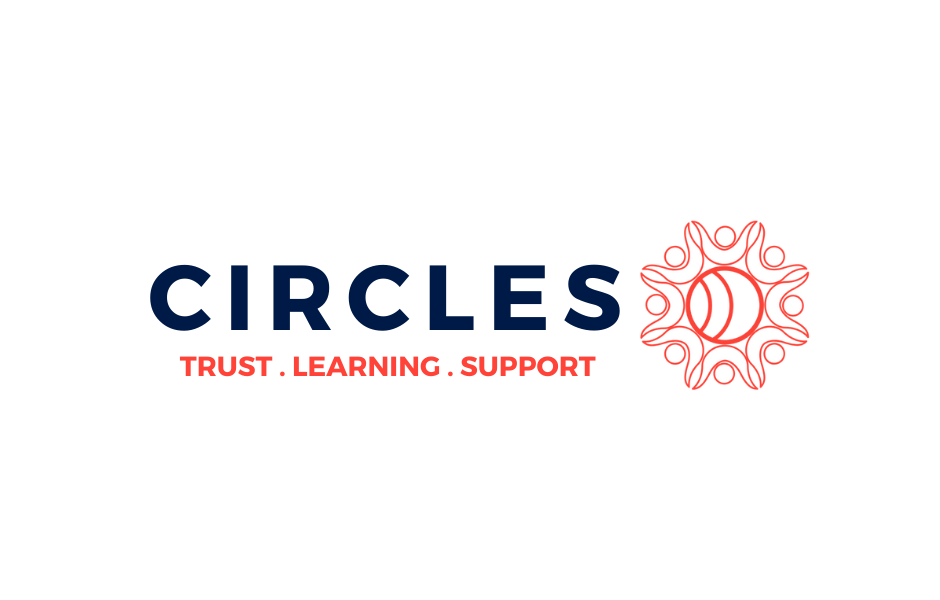Take a Masterclass from NPR’s Story Lab
Mose Buchele
KUT
Michael May
NPR
Key Takeaways:
Surprise is a crucial element of engaging storytelling: ask yourself, is the angle of this story counterintuitive or does it challenge conventional thinking? Does the main character make surprising decisions?
When a message is familiar, try and find a way of making the teller more surprising - stories have human impact and finding that person who enjoys telling the story can be consequential. When they are found, ask them to describe scenes in as much detail ask possible.
Victim stories are so prevalent, good storytelling will take a familiar topic and find that alternative/novel angle to approach a story of adversity.
Slide Deck:
Session Summary:
May emphasized the importance of returning to storytelling basics, admitting it’s one thing to know the elements of a compelling story but another to successfully put them into practice. One of the key pillars of a good story is the element of surprise. As storytellers, it’s imperative to ask: is this story counterintuitive or does it challenge conventional thinking? Does the story have stakes that could disrupt the status quo? Does the main character make surprising decisions? Often the message of the story might be familiar, but the way it is chosen to be told can be unconventional – and that abnormal approach is what will keep the audience engaged.
When crafting the story, it’s essential to talk to the people impacted. Identify your characters, ask open-ended questions, and encourage them to describe scenes in as much detail as they can; whatever medium the story will be told in, the reader or listener is going to be experiencing it in their mind’s eye so it’s fundamental to think visually. Qualities of a good character include: being somebody the audience can relate to, being someone who has a moment of change or surprise, and perhaps most importantly, someone who is willing to tell (and enjoys telling) their story.
Reporters are often pitched victim stories — the tried and true phrase “if it bleeds it leads” is still applicable. But with victim stories, you’re kind of stuck narratively: the question becomes “where do I go from there” or “how do I give the audience something meaningful and substantive they’re going to take away?” Even if the basic message of the story is that the system is stacked and they can’t solve the underlying issue on their own, giving the characters agency is hugely important: move away from a character just being the vessel of the terrible things happening to them.
Additional Notes, Quotes, and Interesting Points:
“These narrative techniques are tried and true. I think we’ve been telling stories for time immemorial.”
“People are impacted by the story. There are going to be those among them who want to tell the story and they’re going to be the best at it.”
“You want the extraordinary but you also want the relatable.”
“Even if the message is familiar, the teller can be a little bit more surprising.”
In regards to crafting an ending: “If you see yourself writing ‘time will tell’ — ditch that.”
Exercises or Questions Asked of the Audience:
Q: Can someone talk about a character that reflects or can be a vehicle for the kind of work you guys are doing?
A representative of a clean energy organization shared how they were looking for non-traditional voices to speak about clean energy. They found a one-armed man in Roscoe, Texas, who liked to say “I single-handedly brought wind power to Texas.”
An example of getting the message beyond the ‘usual suspects’
A Parkinson’s research organization shared how they do a lot of work looking to identify at-risk people. They shared the story of a woman whose husband bought her a “23andMe” genetic testing kit, and as a result how she discovered she was at-risk for the disease. Since then, she’s devoted her life to research; the “character” in this story was therefore someone who potentially could have been a victim, but instead chose to become an advocate.
Q: Has someone out there witnessed or been privy to something that unfolded that is relevant to the work you’re doing?
An audience member, who worked with an organization whose mission is to break down misconceptions of incarcerated individuals, described how she is often privy to scenes as they happen. Their work frequently situates them there in the room when a prisoner finds out they’re going to be released from prison, or a child gets to give their parent a bear hug after not seeing them for months or even years. In dealing with a population about which people hold many preconceived notions, they are humanized in the very way we all are — basic human interactions and responses.
Q: Do you feel like your story gets distorted when other people are telling it? What are your experiences of working with the mainstream media?
An organization devoted to supporting first-generation college students was contacted by mainstream media following the college admission scandal. It was clear, however, that there was a narrative the journalist came in wanting to hear, which didn’t directly pertain to the organization’s work. They had to ask themselves: how do we honestly convey our core mission?
“We didn’t want to be exploited and look like we were part of this circus, but we did want to become a reliable source in the future,” their spokesperson said.
An American Library Association representative shared the value in getting calls from the media about stories you might be adjacent to and using those calls as opportunities to clarify misconceptions. She spoke about the “Drag Queen Story Hours” held at libraries across the country, where individuals in drag animatedly read books to young kids. She described how there is a misconception that the ALA hosts these events, or have drag queens on staff. Instead, she clarified, they support members’ rights to promote programs that are responsive to community needs — and relaying that to the press is important.
Examples Provided:
DIY Mosul:
May used a story from the Rough Translation podcast called “DIY Mosul” to highlight how taking an unconventional approach to the beginning of a story can be highly effective. The podcast, hosted by Gregory Warner, is set in Mosul following ISIS occupation. But instead of beginning with the usual shocking images associated with a war-torn city, especially following the brutality of the caliphate, they instead began with an anti-littering video. Warner describes the scene filmed in a grocery store, of a plastic bottle lying on the floor and citizens all walking passed, until a young girl stops, picks it up, and places it in the trash. Everyone erupts in applause. May used this to describe a relatable way in, saying “you can shock the audience, but where do you go from there?” The story, which centers around the notion of citizenship and how people can learn to love the city they belong to, eventually details one woman’s mission to clean up dead bodies in the street, but begins with something familiar (anti-littering) and transplants it somewhere foreign and contradictory (war-ravaged Iraq).
Jane Austen Society in Pakistan:
May also described a story NPR podcast called “Austenistan” about two Pakistani sisters who founded a Jane Austen Society of Pakistan. He detailed how they welcomed him into this large Victorian-style house and served small sandwiches with tea. The sisters felt this connection between the characters of Austen’s works — women who are constrained by strict societal and gender expectations — and the women’s own lives in Pakistan. They crafted the story in a way that took the issue of women’s rights in Pakistan, a story that audiences would feel like they’ve most certainly heard before, and approached it from this totally new avenue. It was a way into the narrative that was more relatable but still got to the structural issues at hand.
Experts in this Field:
Pamela Colloff, of Texas Monthly, as a master story crafter. https://www.texasmonthly.com/author/pamela-colloff/
These notes were captured by Aimée Knight and have been reviewed by the presenters Michael May, and Mose Buchele.


